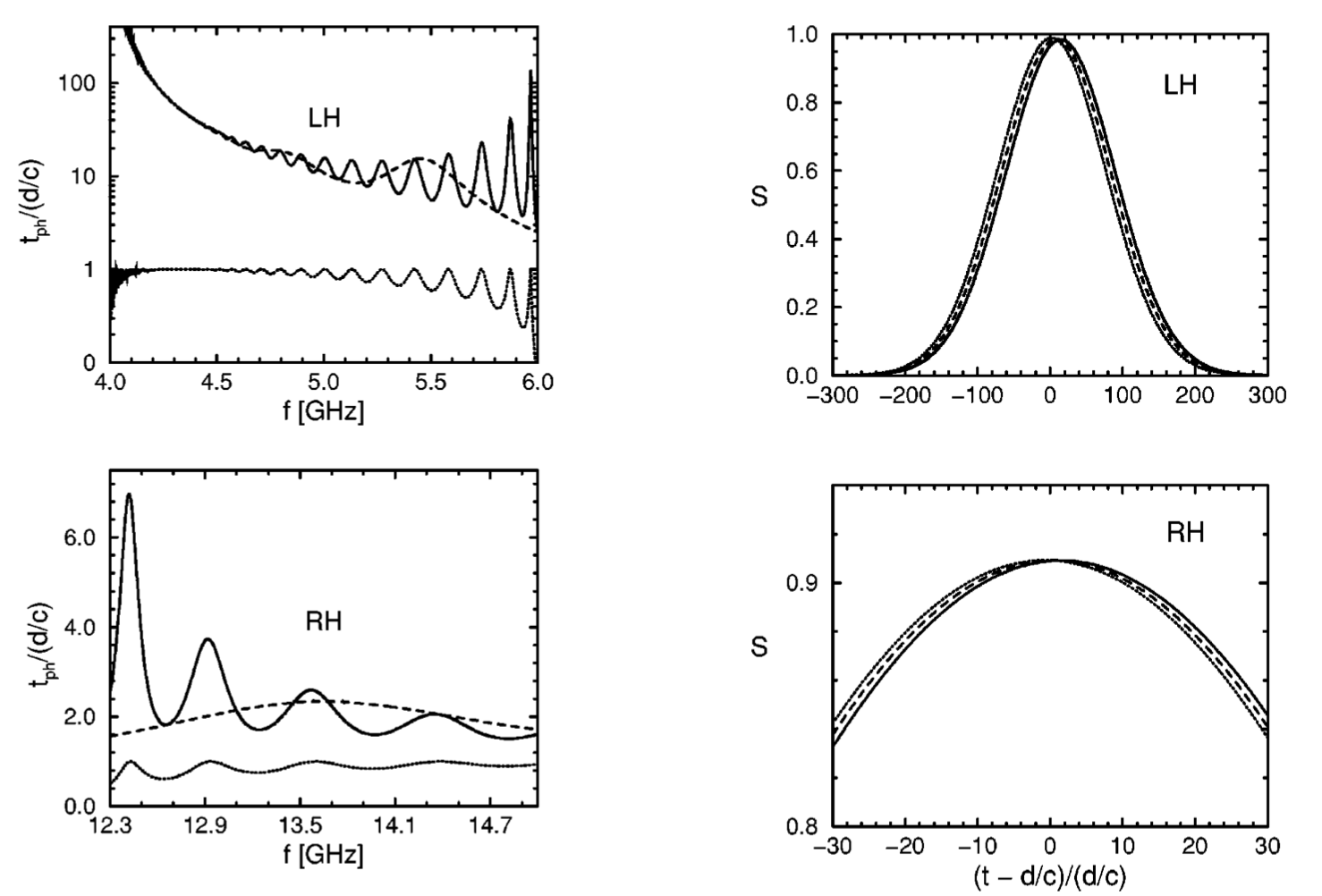Research Areas
Spin-Orbit interaction (SOI) in a tilted tweezer

 The fundamental nature of spin-orbit interaction (SOI) manifests itself in numerous physical phenomena ranging from quantum to macroscopic domain. Electromagnetic focusing through a high NA lens is a fantastic platform to explore many novel and unusual phenomena arising due to interplay of interactions between light and matter. It has been proposed that due to SOI, there exists a transverse spin angular momentum (TSAM) component, a new member in the momentum family, near the focal region of a tightly focused laser beam. Currently I am working to realize this TSAM component through computer simulation as well as in the laboratory environment.
The fundamental nature of spin-orbit interaction (SOI) manifests itself in numerous physical phenomena ranging from quantum to macroscopic domain. Electromagnetic focusing through a high NA lens is a fantastic platform to explore many novel and unusual phenomena arising due to interplay of interactions between light and matter. It has been proposed that due to SOI, there exists a transverse spin angular momentum (TSAM) component, a new member in the momentum family, near the focal region of a tightly focused laser beam. Currently I am working to realize this TSAM component through computer simulation as well as in the laboratory environment.
SOI and Transverse Spin and Transverse Momentum with Structured Optical Fields


It has been recognized that in addition to the conventional longitudinal AM, structured (inhomogeneous) optical fields can exhibit helicity-independent transverse SAM and an unusual spin (polarization)-dependent transverse momentum, the so-called Belinfante’s spin momentum. The origin can be traced to the rotation of the field vector in the plane of incidence. Unlike the usual canonical (orbital) momentum, this transverse spin-momentum is a virtual entity, which neither transfers energy nor exerts pressure on dipolar particles. Such highly nontrivial structure of the momentum and spin densities are observed in the evanescent fields (e.g., for surface plasmon-polaritons at dielectric-metal interfaces) and leads to the optical spin-momentum locking in surface optical modes, similar to that observed for electrons in topological insulators. We study some of these SOI effects in strongly coupled systems and also in diffraction from off-axis tilted systems.
Associated students and postdocs:
- Samyobrata Mukherjee (currently at ICFO, finishing Ph.D.)
- Ghanasyam Remesh, (currently at TIFR, Colaba pursuing Ph.D.)
- B S Athira, IISER Kolkata
- Sudipta Saha
- Sauvik Roy, IISER Kolkata
Quantum Optics of Polar Molecules and Coupled cavities

Light-matter interaction in polar molecules can be exploited to generate negative index response of such ensembles. We explore the frequency domains where such response can be maximised. We also study coupled cavities containing three level species. We show that under specific conditions of incoherent pumping such systems can lead to correlated photon pairs. These studies are of great importance in the context of ongoing initiatives of quantum information and quand quantum computing.
Associated students:
- Dibyendu Sardar
- Anushree dey
- Arpita Pal
Strong Coupling in Birefringent Cavities

We study the strong coupling regime where the orthogonal modes of a birefringent crystal are coupled via an intracavity rotator. The coupling leads to the anticrossing of the relevant dispersion branches. We demonstrate the inherent ability of such devices for resolving small amgles. Associated students:
- Kiran Kolluru
- Sudipta Saha
Nano Optics and Plasmonics

Plasmonics is the gateway to the nano world since it has the inherent ability to beat the Rayleigh limit. We explore different facets of nano plasmonics ranging from gap plasmons to superresolution, perfect imaging and total tranfer of incident light to localized and surface/guided modes. Wigner delay and the Goos-Hanchen shift through such structures are also studied.
Associated students:
- K Nireekshan Reddy
- V S C Manga Rao
- many others
Critical Coupling and Coherent Perfect Absorption (CPA) in linear and nonlinear systems

A critically coupled system absorbs all the incident radiation leading to null scattering. Critical coupling with two or more beams is referred to as CPA where destructive interference cancels out all the scattered light in a narrow frequency range for both linear and nonlinear systems. Efforts are on to broaden the CPA resonance and to extend it to incoherent light. Success in this area could be vital for photo-voltaic applications.
Associated students:
- K Nireekshan Reddy
- V S C Manga Rao
- Sudipta Saha
Optical Theorem and Nonreciprocity in Standard and PT-Symmetric Media

The reflectivity of a one dimensional system with absorption and broken inversion symmetry is sensitive to whether light is incident from left or right. We study such effects in stratified media, namely, in nonlinear coupled cavities and in spatial Kramers-Kronig Media, where the properties can be engineered by laser light.
Associated students:
- K Nireekshan Reddy
- Sudipta Saha
Subluminal and Superluminal Propagation of Light

Dispersion management is the key to the control of velocity of light pulses. We study such control in heterogeneous and left handed media, Fabry-Perot cavities, periodic and quasiperiodic structures.
Associated student:
- V S C Manga Rao
Left Handed (Negative Refractive Index) Media and Other Metamaterials

The left handed materials were theoretically discovered by Vaselago in 1968 (JETP), but have been realized only recently. These have exotic properties capable of leading to perfect lensing, anomalous Doppler shift, etc. We show that such materials can lead to highly subluminal propagation. There has been intensive activity on spatial Kramers-Kronig media where one deals with spatial cordinates having intrinsic antireflection properties. Such media are yet to be realized. We study some of the nonreciprocity aspects of such media.
Whispering Gallery Modes of Microspheres

Micron sized spheres can support whispering gallery modes with extremely high quality factors (~1010) and local field enhancements. We probe the use of such modes for nonlinear optics and cavity quantum electrodynamics.
Associated students:
- V S C Manga Rao
- Sudipta Saha
- Ankit Kumar Singh